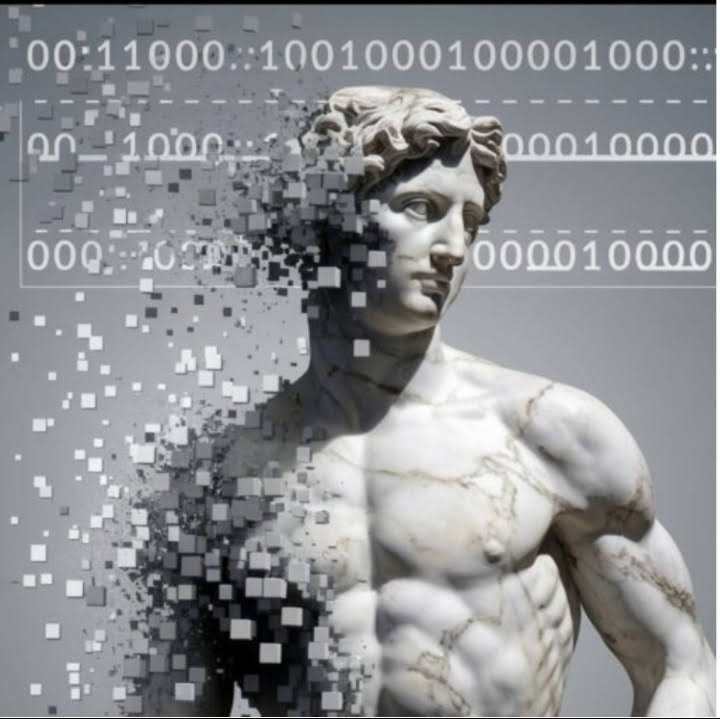Cidades Futuristas
No futuro, as cidades se erguem como esculturas imponentes de vidro e aço, brilhando sob céus riscados com veículos voadores avançados e drones. O horizonte é uma colcha de retalhos de arranha-céus ultramodernos com curvas orgânicas, suas fachadas vivas com materiais inteligentes que se adaptam à luz do sol, temperatura e qualidade do ar. Essas estruturas são entrelaçadas com jardins verticais exuberantes e terraços suspensos, onde a vegetação cai em cascata sobre varandas, misturando natureza com tecnologia. As ruas zumbem com os sons suaves de veículos elétricos autônomos deslizando, enquanto passarelas elevadas para pedestres e ciclovias cruzam a cidade, dando a ela uma sensação de várias camadas.Os espaços públicos são ricos em arte interativa, hologramas e realidade aumentada, convidando os cidadãos a se envolverem com seus arredores de maneiras imersivas e lúdicas. Os parques se estendem em corredores verdes entre os distritos, abrigando lagos artificiais com água tão clara quanto vidro, árvores solares que fornecem sombra e energia e bancos que se ajustam automaticamente à posição do sol. A infraestrutura da cidade inteligente é alimentada por energia renovável — painéis solares embutidos em estradas, turbinas eólicas aninhadas entre prédios e usinas de fusão elegantes e discretas nos arredores.Trens subterrâneos hyperloop disparam por tubos transparentes em velocidades vertiginosas, conectando cidades em minutos, enquanto vastos complexos subterrâneos abrigam fazendas ecoeficientes que cultivam alimentos em torres ricas em nutrientes. Enquanto isso, o horizonte é pontilhado por droneports altos, permitindo o transporte contínuo de drones para mercadorias e pessoas.À noite, a cidade se transforma em um espetáculo vibrante e colorido, enquanto milhões de pequenas luzes LED embutidas em prédios pulsam com energia, lançando tons futurísticos nas ruas, refletindo em vidro e metal em uma exibição deslumbrante. Cada bairro pulsa com seu próprio ritmo — um cheio de centros culturais movimentados e instalações de arte, outro mais silencioso, oferecendo retiros serenos com casas inteligentes que se adaptam às preferências pessoais de seus habitantes. Nessa utopia de inovação, a IA orquestra o batimento cardíaco da cidade, otimizando o tráfego, o uso de energia e até mesmo os serviços sociais. A cidade do futuro não é apenas um lugar para viver — é um ecossistema harmonioso onde a humanidade, a natureza e a tecnologia coexistem em equilíbrio dinâmico.
Share this content:





Publicar comentário